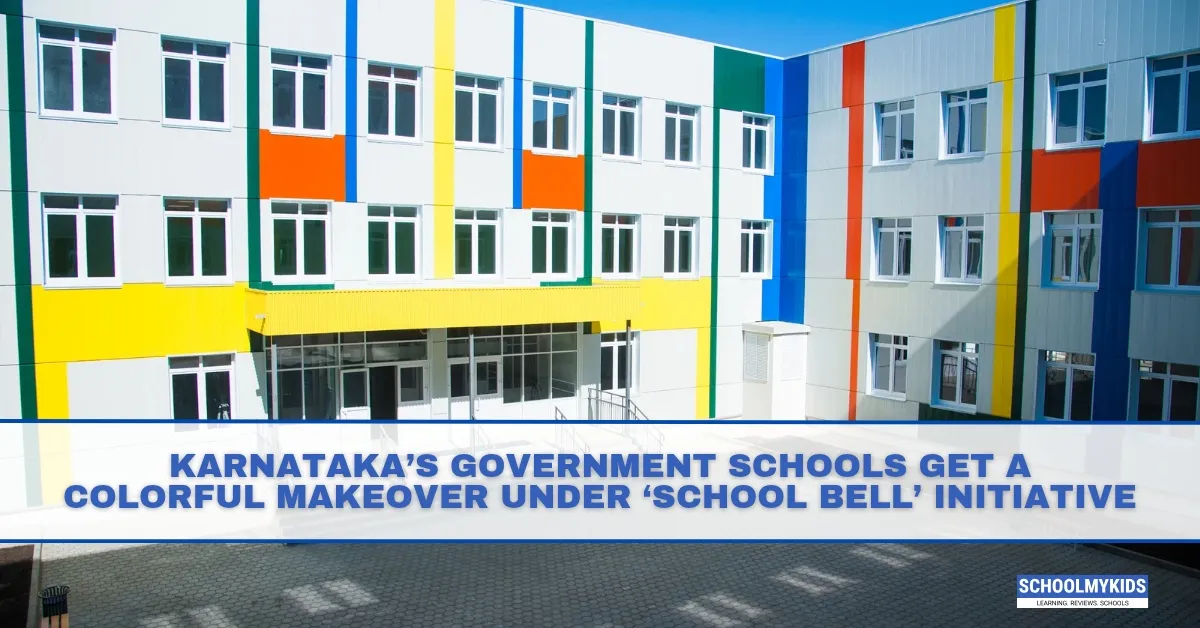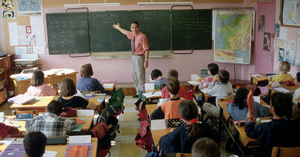Government schools across Karnataka are shedding their dull, neglected appearances and embracing vibrant new identities—thanks to an artistic grassroots initiative called ‘School Bell’. This state-wide movement, powered by student volunteers, artists, and community members, is transforming school campuses into colorful, inspiring spaces where learning feels alive.
Launched to commemorate the 150th birth anniversary of Mahatma Gandhi, the initiative set out with a bold goal: to revamp the visual identity of 150 government schools across Karnataka. The idea is simple yet powerful—use art to create a joyful, welcoming, and educational environment for schoolchildren, especially in rural and underserved communities.
What sets School Bell apart is its community-centric approach. Volunteers—many of whom are students of architecture, fine arts, and design—collaborate with teachers, local artists, and NGOs to paint murals, redesign classrooms, and add meaningful visuals to school walls. These aren’t just decorative elements. The murals often depict scientific diagrams, historical timelines, moral lessons, and messages about environmental conservation, subtly blending art with education.
“We didn’t want to just paint walls. We wanted the walls to speak—to educate, to inspire,” said one volunteer from The Teaching Brush, a student-led group actively participating in the initiative alongside others like Campus 2 Community.
The impact has been noticeable. Several schools report that the visual upgrades have led to increased student attendance and higher levels of classroom engagement. For many children, especially in remote areas, it’s the first time their learning space has looked so inviting.
“There’s a sense of excitement now. Students come early just to admire the paintings,” said a teacher from one of the revamped schools near Tumakuru. “Even parents are visiting more often—they feel proud of the school’s transformation.”
The initiative is also creating a ripple effect beyond the classrooms. Local residents often pitch in—some cook meals for volunteers, others donate paint or supplies. In return, they see their neighborhood school bloom with creativity and care.
District education officers and school principals have praised the movement, calling it a “low-cost, high-impact” intervention that has reignited interest in public education. Discussions are underway to expand School Bell to more schools in the coming year, potentially scaling up to reach hundreds more across the state.
At a time when education systems are grappling with infrastructure gaps and student disengagement, School Bell is a powerful reminder that change doesn’t always require big budgets—sometimes, all it takes is a few paintbrushes, willing hands, and a vision for better learning.









Be the first one to comment on this story.